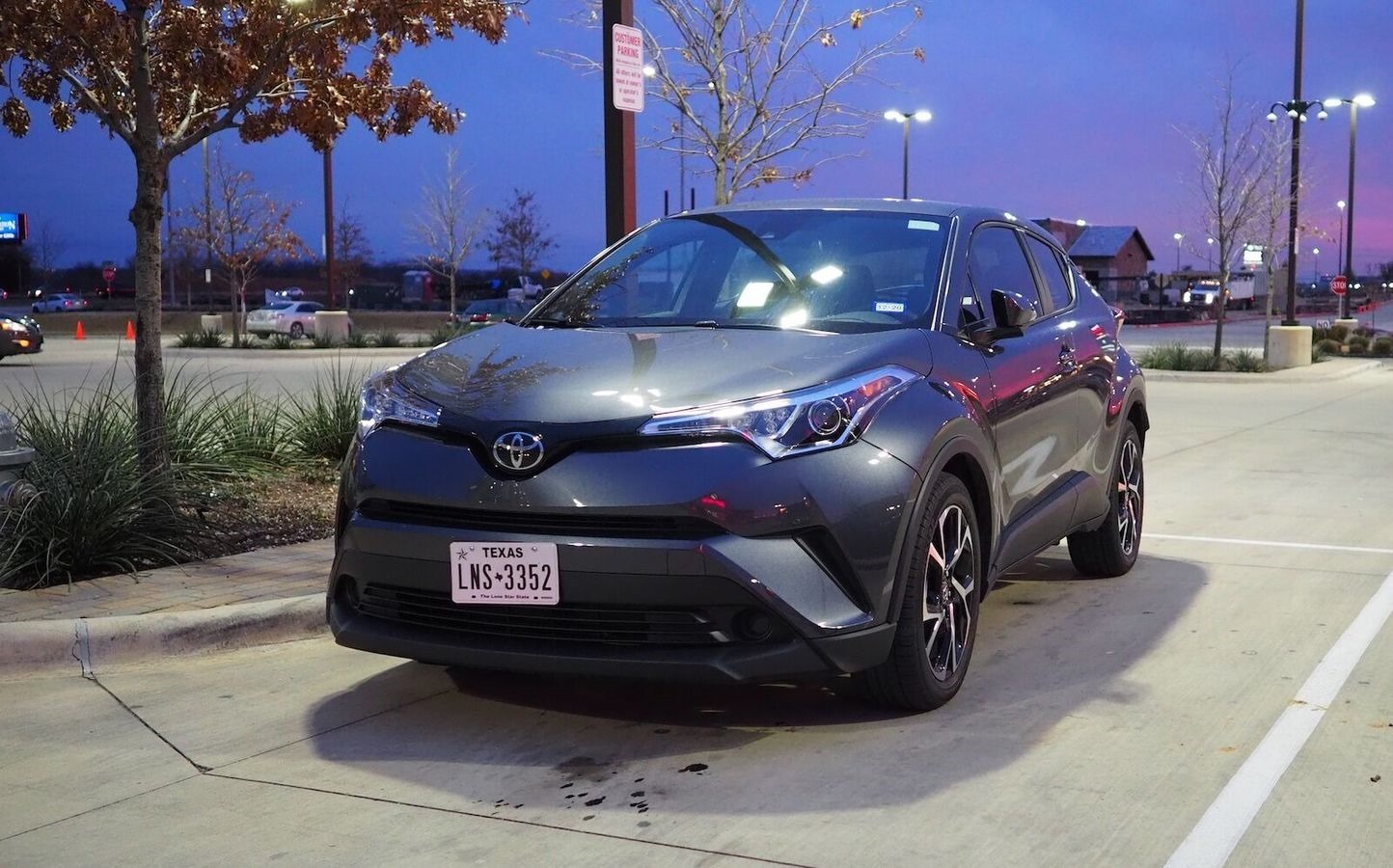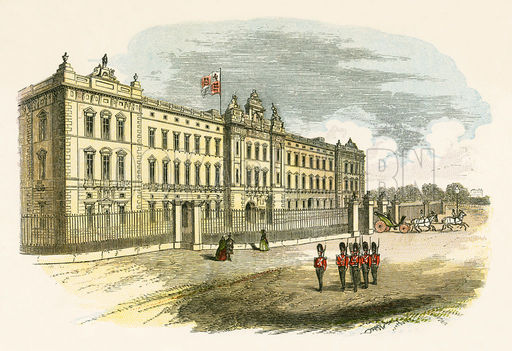In this episode we are talking about 4 cars rented during the winter in the USA in 4 different states, from the same company as the 5 last time. Being a very large country, we are talking about different climates, going up to extreme weather phenomena: from the sun in the sky and temperatures of 10-15°C, in just 2 hours by plane you can reach snow and polar temperatures.
The rental cars in this episode also reflect this detail, especially since in the US in urban areas or in the suburbs there is no culture of winter tires or even chains. Extreme conditions are addressed by purchasing large trucks, jeeps or SUVs; the high guard, big tires and all-wheel drive are considered enough to get through the winter.
There is a grain of truth here: all the cars I’ve seen skid or crash on the side of the road (or on TV in tear-jerking shows) have been ‘small’, most likely with worn tires. But let’s get to the point.
The first car was a 2019 Chevy Equinox with a 170HP 1.5 turbo engine, start-stop model and AWD. We only had it for 2 days, including the morning after a not very heavy snowfall, but came after a freezing rain. With the rigors of summer tires (yes, it didn’t even have mixed tires), I arrived at my destination without any problems. The car is big: by European standards, a big SUV; by American standards, a small or medium SUV. It can carry 4 adults with luggage without any improvisations or crowding.
Being a basic model, I did not notice many comfort accessories. Climate control without zones and without temperature selection, automatic pilot with buttons on the steering wheel and driver’s seat adjustable from 2 or 3 joysticks located on the side. Everything extremely intuitive, but not enough to give the impression of any indulgence.
The brake, on the other hand, seemed extremely sensitive (or violent), possibly specific to the brand. On the distance (not very long) driven by me, it had an average consumption of 9.5%, quite good I think for its class. Verdict: rather masculine car, “to do work” and that’s about it. Good for transporting people and tools to works, within certain limits.
The second car was a 2019 Toyota CHR with a 2 liter engine, CVT box and theoretical 144HP. The car is a “something” that is neither a horse nor a donkey: interior space about as much as a Corolla, but raised like an SUV and with 17-inch tires. At first glance, not at all practical: the trunk hardly fits 2 large suitcases ( sure, with a bit of imagination), but not much else.
Rear passengers sit with their knees to their chests and bump their heads against the “top sill” when entering or exiting. The central “tablet” is slow to respond to commands and complicated to navigate with lots of button presses. The levers are classic Toyota, a bit unnatural to handle for those coming from other cars – the autopilot is adjusted with a small lever behind the steering wheel, the wipers are operated in reverse, etc.
What I loved about it though was that it was comfortable, extremely comfortable. The odder shape has the advantage of crosswind stability; I ran it on a windy day and it handled the road much better than I would have expected. Also the adaptive radar autopilot for “following” the car in front – I’ve only found it in Toyota – is absolutely brilliant, especially since the following distance can be adjusted from a button on the steering wheel.
What I also noticed was the anti-accident function, the car tells you to brake if it estimates that you are approaching the car in front too fast. My YouTube friend showed me that the car doesn’t brake by itself, so the feature is only good for those who lack a woman with a big mouth and full of directions in the right seat. When I drove it, especially on American highways, it used 9% – quite a lot, I say. Verdict: Uh…
Third car: a 2018 Buick Encore with 60,000km on it, registered 2 states away. We are talking about a small SUV by American standards, with a not very roomy trunk. The model I received was rather intermediate (as opposed to the basic models usually given for rental), with interesting comfort elements such as leather upholstery, heated steering wheel, heated seats with memory settings, Bison climate and hatch.
Apparently it also had AWD, that is unless it had the rear badge taped to it, otherwise there is no button on the instrument panel to operate this feature. The engine: a 1.4 turbo with 138 HP – I say too little for the 1.5 tons of weight – the car “opposing resistance with all its might” when climbing slopes or accelerating. So far it’s been the only car to lose speed on ramps on autopilot – sure, not by much, but the acceleration lag was still all too obvious.
It should be noted that we did not rent it in the best of weather conditions, namely after a snow storm; fully cleaned, covered with snow in various stages of snowing. The car had a tendency to skid slightly in tighter turns (summer tires!), but I didn’t intend to know its limits either, especially after seeing the results of 3 accidents on the highway, that’s just between the airport and the hotel.
What I liked about it though – quick start (instant) at -19C and fast warm-up; I was able to hit the road with her early in the morning in just 2-3 minutes. Almost 12% consumption, perhaps not unexpected considering the rather difficult conditions – very low temperatures, snow and ice on the roads. Verdict: city car to take the child to school.
Fourth car: a 2019 Nissan Sentra with 8000km already in 3 months, rented in a state where winter means a lot of rain. It’s a small sedan by their standards, with a 1.8-liter / 124HP engine and a CVT gearbox. Quite similar to a Toyota Corolla in dimensions and road behavior, but not only: the base model came with steel wheels with plastic covers.
The driving position seemed high to me, going up to the sensation of hitting your head on the ceiling; no, it wasn’t from the seat adjustments because I eventually got used to it. What I really liked was the quiet engine and consistent acceleration at low revs; sure, after pressing the “Eco” button things changed a bit in that regard.
What should be mentioned: surprisingly large space in the back, as well as the boot which I believe can hold 2 large suitcases and a few accessories on the side. The autopilot is a bit unintuitive to operate and lacks feedback related to the set speed (a button and a small 2-position joystick on the steering wheel).
In the basic model I found – unexpectedly – the anti-accident function, namely the visual-auditory warning when you approach the car in front too quickly. What is worth noting is that the warning comes at a relatively low volume and not as “intrusive” as in Toyota. The lack of heated mirrors made driving in the rain a bit complicated, especially at low speeds. Record consumption – 6%, the lowest of all the cars I have rented so far. Verdict: Fleet or rental car, well suited for the role.
I recommend Economy.Rentals
Instead of the conclusion: the climate in the US is much more unpredictable and with more extreme phenomena than in Europe and the authorities have no problem closing roads or canceling flights, even with people lined up at the boarding gate. But in general, the roads become practicable within a maximum of one day after a heavy snowfall, and the airports also return to normal operation quite quickly.








